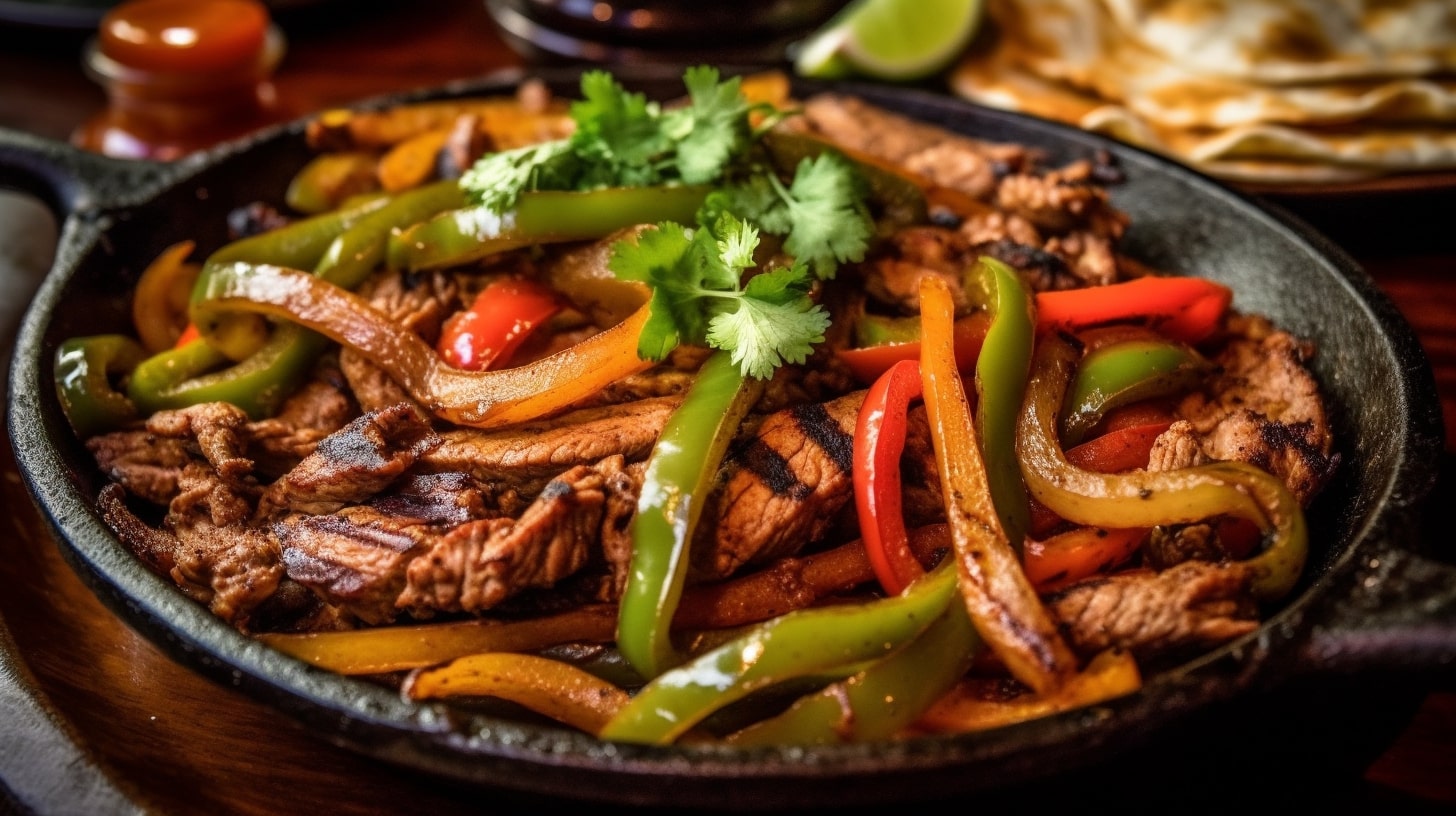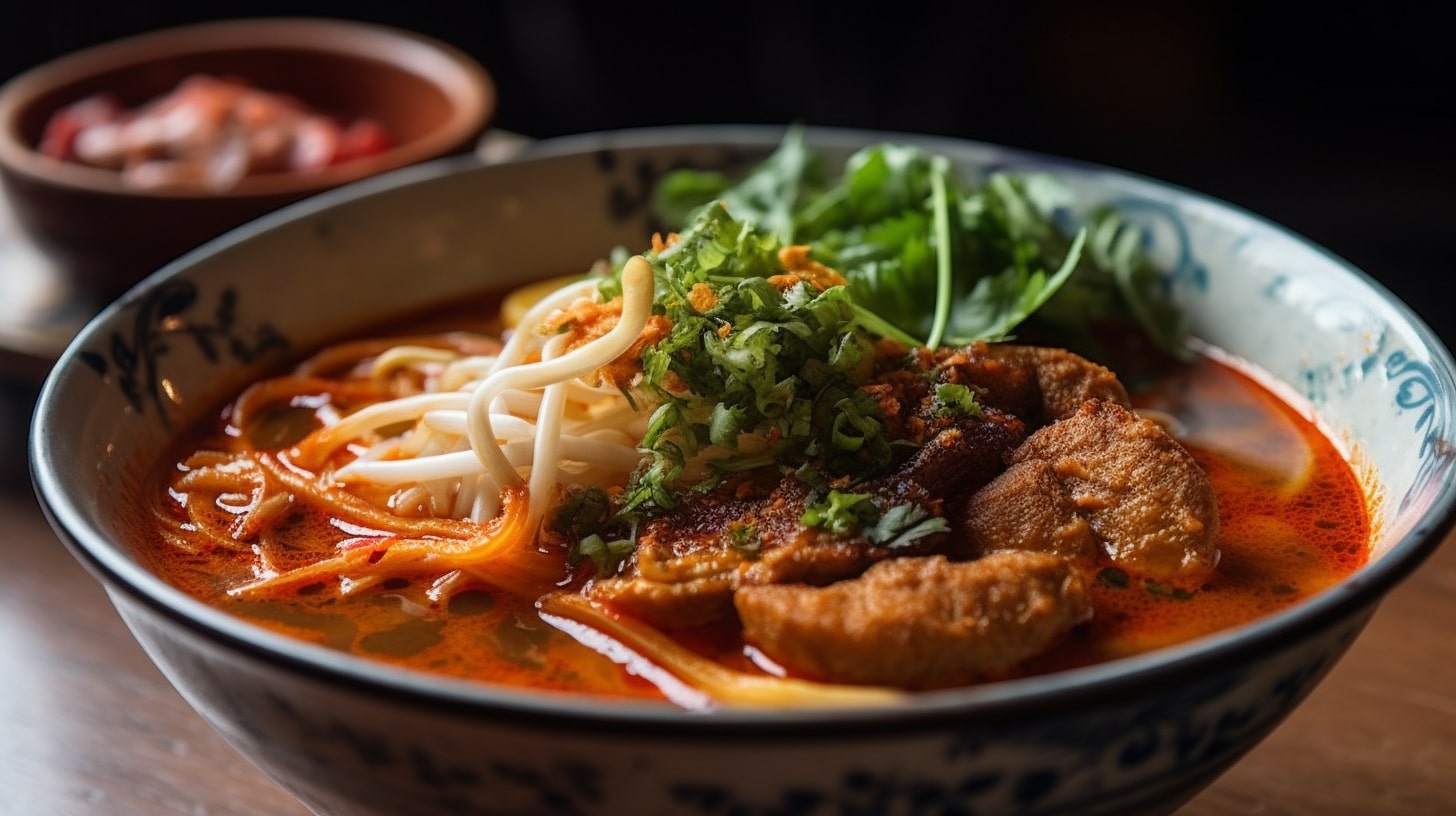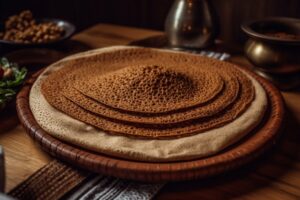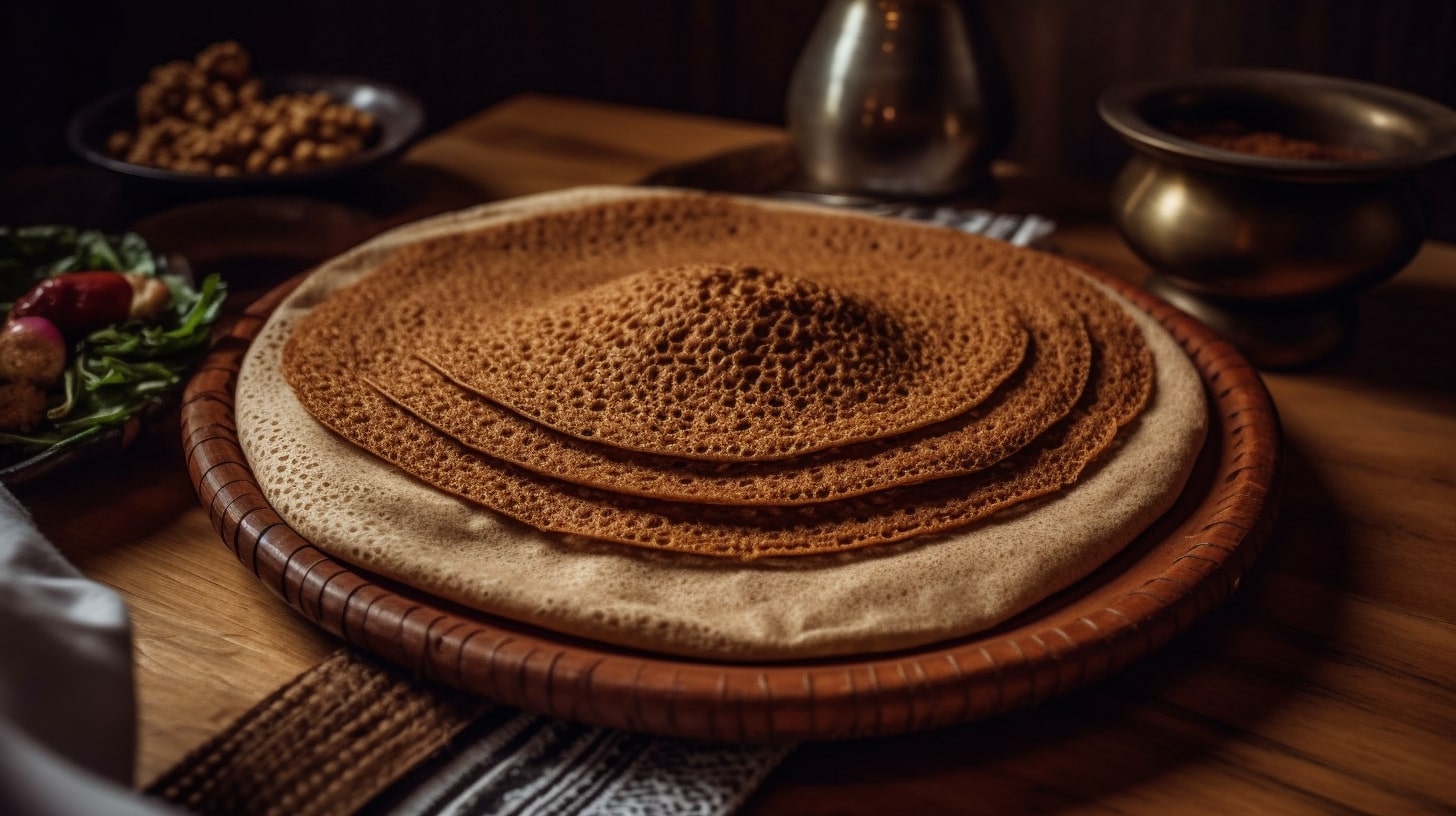Embark on a delightful journey into the world of croissants, a quintessential French pastry loved for its flaky layers and rich buttery flavor. Discover the history and art of making croissants, learn about the traditional techniques, and explore mouthwatering variations. Join us as we unravel the secrets to creating the perfect croissant that will transport you to a cozy French café.
Introduction
Croissants, with their golden-brown exterior and light, airy layers, are a true symbol of French culinary mastery. These delectable pastries have captured the hearts and palates of people worldwide. In this article, we will take you on a mouthwatering journey into the world of croissants, exploring their origins, sharing traditional techniques, and inspiring you to indulge in the art of homemade croissant baking. Get ready to experience the joy of biting into a freshly baked croissant that melts in your mouth.
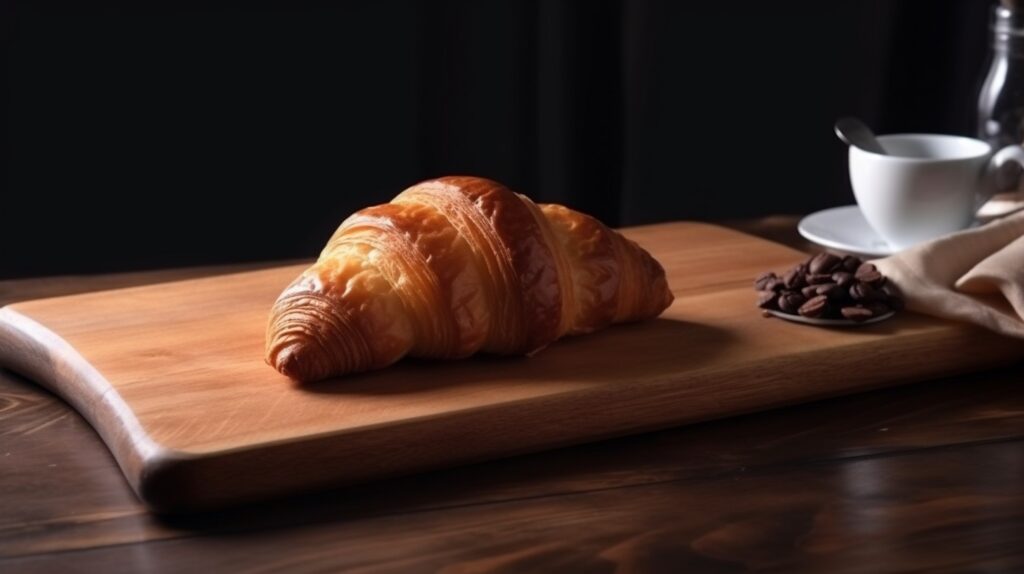
The History of Croissants: A French Icon
The origins of croissants can be traced back to the 17th century in Austria. However, it was the French bakers who perfected the art of creating these delicate pastries. Legend has it that the croissant got its crescent shape during the Ottoman Empire’s siege of Vienna. As a symbol of victory, the crescent shape was adopted in France, where croissants became synonymous with French baking excellence.
Crafting Perfect Croissant: A Labor of Love
The Dough: Layers of Flakiness
Croissant dough, known as “pâte feuilletée,” is a labor-intensive creation that involves layering butter between thin sheets of dough. The dough is made from flour, water, yeast, sugar, and salt, while the butter used is typically unsalted and of high quality. The key to achieving those flaky layers lies in the process of “laminating,” which entails rolling and folding the dough with the butter multiple times.
The Technique: Patience and Precision
Creating croissants requires patience and precision. After the dough is prepared, it undergoes a series of rolling, folding, and chilling stages to build those signature layers. The dough is then shaped into triangles, rolled up tightly, and left to proof until it doubles in size. Finally, the croissants are brushed with an egg wash before baking to achieve that beautiful golden sheen.
Traditional Croissant Variations
Classic Butter Croissant
The classic butter croissant remains an all-time favorite. With its buttery aroma and delicate layers, this croissant offers a rich and indulgent experience. Enjoy it plain or pair it with your favorite jam for a delightful breakfast treat.
Almond Croissant
An almond croissant takes the classic version to new heights. The croissant is filled with almond cream or frangipane, topped with sliced almonds, and baked to perfection. The result is a heavenly pastry with a delightful balance of textures and flavors.

Creative Croissant Twists
Chocolate Croissant
For chocolate lovers, a chocolate croissant, also known as a pain au chocolat, is a must-try. The croissant is filled with a stick of high-quality chocolate before being rolled up and baked. The result is a warm, flaky pastry with a luscious chocolate center.
Savory Croissant
Croissants aren’t limited to sweet fillings. Experiment with savory options by filling your croissant with ham and cheese, spinach and feta, or any other combination that tantalizes your taste buds. These savory croissants make for a satisfying snack or light meal.
Serving and Enjoying Croissants
Freshly Baked Warm Croissants
There’s nothing quite like biting into a freshly baked, warm croissant. As soon as the croissants are out of the oven, allow them to cool for a few minutes before indulging in their buttery goodness. Pair them with a cup of coffee or tea for a delightful breakfast or afternoon treat.
Croissant Sandwiches
Transform your croissants into delectable sandwiches by filling them with a variety of ingredients. Try ham and cheese, smoked salmon and cream cheese, or roasted vegetables with hummus. The flaky croissant provides a perfect contrast to the savory fillings, creating a sandwich experience like no other.
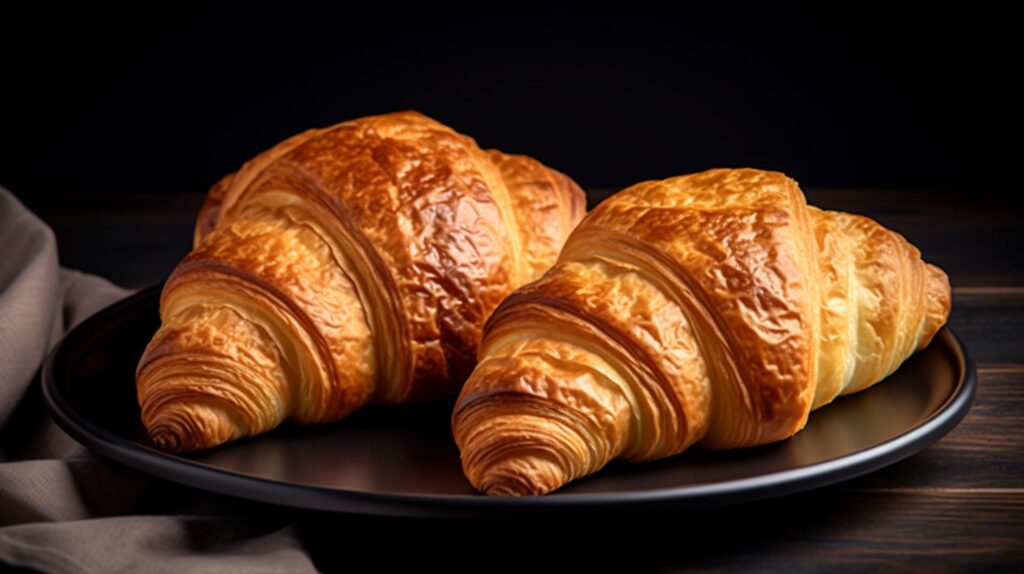
FAQs About Croissants
1. Can I make croissants at home?
Yes, you can make croissants at home. While it requires time and practice to perfect the technique, homemade croissants are a rewarding and delicious endeavor. Follow a detailed recipe and be patient throughout the process for the best results.
2. How long do croissants stay fresh?
Croissants are best enjoyed on the day they are baked when they are at their freshest. However, you can store them in an airtight container for up to two days. To restore their flakiness, warm them in the oven for a few minutes before serving.
3. Can I freeze croissant dough?
Yes, you can freeze croissant dough. After the final shaping, place the shaped croissants on a baking sheet and freeze until solid. Once frozen, transfer them to a freezer bag or container. When ready to bake, allow them to thaw and proof before baking as usual.
4. Can I substitute margarine for butter in croissants?
While butter is the traditional choice and provides the best flavor and texture, you can substitute margarine for butter in croissants. However, keep in mind that the taste and texture may differ slightly.
5. Are there gluten-free croissant options?
Yes, there are gluten-free croissant options available. You can find gluten-free croissant recipes that use alternative flours like almond flour, rice flour, or a gluten-free flour blend.

Conclusion
Croissants are a true testament to the artistry of French baking. With their flaky layers, buttery taste, and endless variations, they offer a delightful experience for pastry enthusiasts. Whether you savor a classic butter croissant or indulge in creative twists, each bite transports you to a cozy café in Paris. So, channel your inner baker, roll up your sleeves, and embark on a croissant-making adventure that will fill your kitchen with heavenly aromas and your taste buds with pure bliss.
